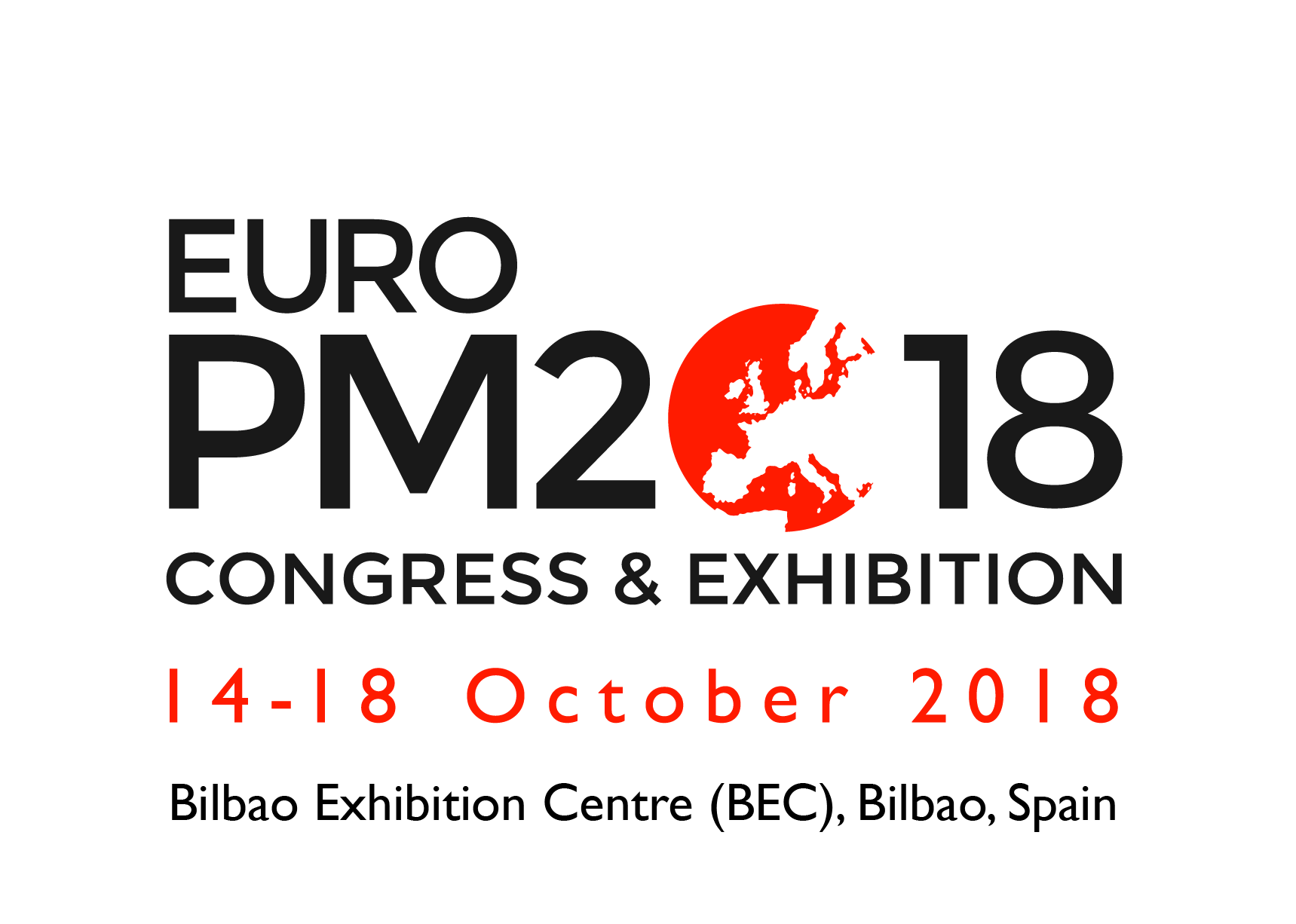Research Article
NSC Hydrometallurgical Pressure Oxidation of Combined Copper and Molybdenum Concentrates
Corby G. Anderson1*, Todd S. Fayram2 and Larry G. Twidwell31Kroll Institute for Extractive Metallurgy, Colorado School of Mines, USA
2Continental Metallurgical Services, Butte, Montana, USA
3Montana Tech of the University of Montana, Butte, Montana, USA
- *Corresponding Author:
- Corby G. Anderson
Kroll Institute for Extractive Metallurgy
Colorado School of Mines, USA
Tel: 303-273-3580
Fax: 303-273-3795
E-mail: cgandersmines@gmail.com
Received Date: August 05, 2013; Accepted Date: October 03, 2013; Published Date: October 10, 2013
Citation: Anderson CG, Fayram TS, Twidwell LG (2013) NSC Hydrometallurgical Pressure Oxidation of Combined Copper and Molybdenum Concentrates. J Powder Metall Min 2:115. doi: 10.4172/2168-9806.1000115
Copyright: © 2013 Anderson CG, et al. This is an open-access article distributed under the terms of the Creative Commons Attribution License, which permits unrestricted use, distribution, and reproduction in any medium, provided the original author and source are credited.
Abstract
The need for copper and molybdenum continues to grow as does the need for clean efficient metallurgical technologies capable of treating mixed metal concentrates. Currently, the use of hydrometallurgical pressure oxidation for copper concentrate treatment is growing. Furthermore, with limited molybdenum roasting capacity, stringent industrial molyb-denum concentrate roaster feed specifications, poor rhenium recoveries, and the inherent environmental issues asso-ciated with pyrometallurgical treatments, hydrometallurgical options are also now being pursued for molybdenum concentrates. Moreover, given the inherent grade, recovery and cost inefficiencies in the differential flotation process normally employed for molybdenum concentrates produced as a by-product of copper mining, there is a growing need to directly treat combined bulk copper and molybdenum concentrates. This minimizes molybdenum concentrate roasting limitations, specifications and requirements, while allowing simplification of increased efficiency of and cost reductions in upstream mineral processing circuits now producing separate copper and molybdenum concentrates by differential flotation. It would also allow more direct and efficient recovery of rhenium. Finally, hydro metallurgical technology will also reduce the need for costly final molybdenum concentrate impurity treatment circuits, thereby allowing for lower grade mixed metal molybdenum concentrates to be treated directly for a greater metal value realization. In summary, industrial nitrogen species catalyzed (i.e. NSC) hydro metallurgical pressure oxidation has many advantages over conventional pressure oxidation systems and offers a tangible process route to treat mixed bulk concentrates.This paper illustrates the fundamental concepts, confirmatory testing, application, proposed design and associated cost estimates for the development and industrial implementation of this proven mode of hydro metallurgical processing as applied combined to copper molybdenum rhenium concentrates.

 Spanish
Spanish  Chinese
Chinese  Russian
Russian  German
German  French
French  Japanese
Japanese  Portuguese
Portuguese  Hindi
Hindi 

